MDK Field Guide No. 5: Sequences

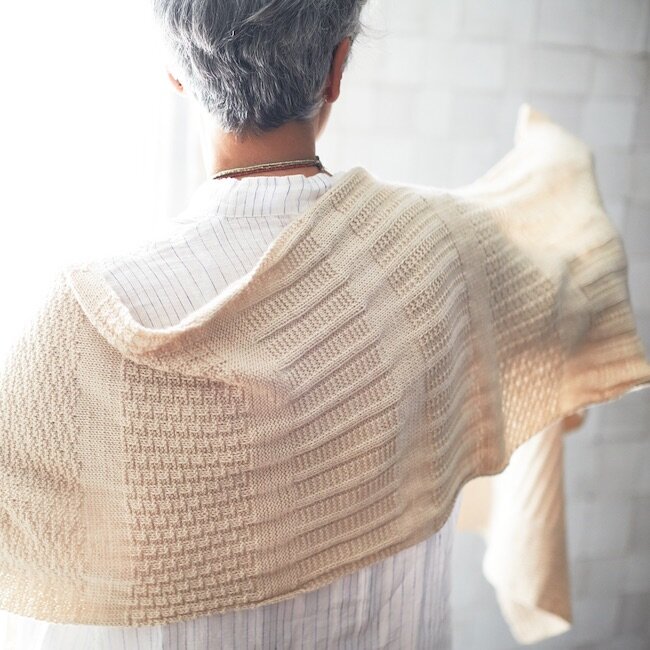
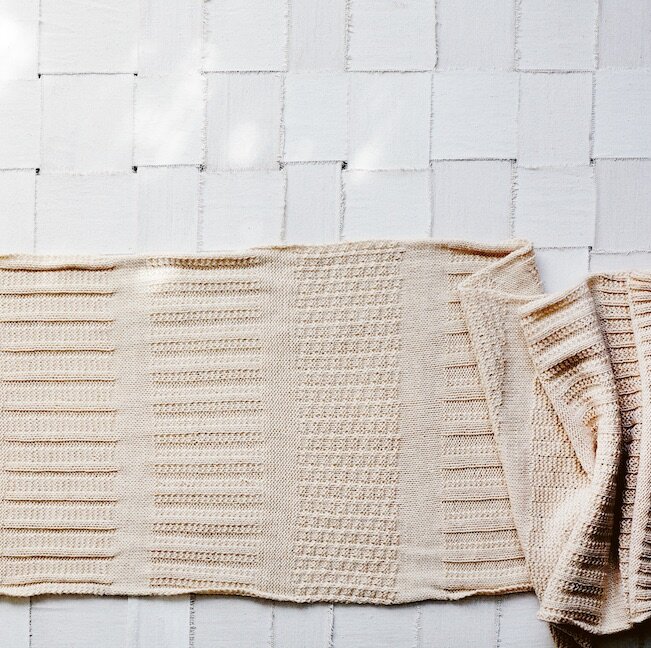
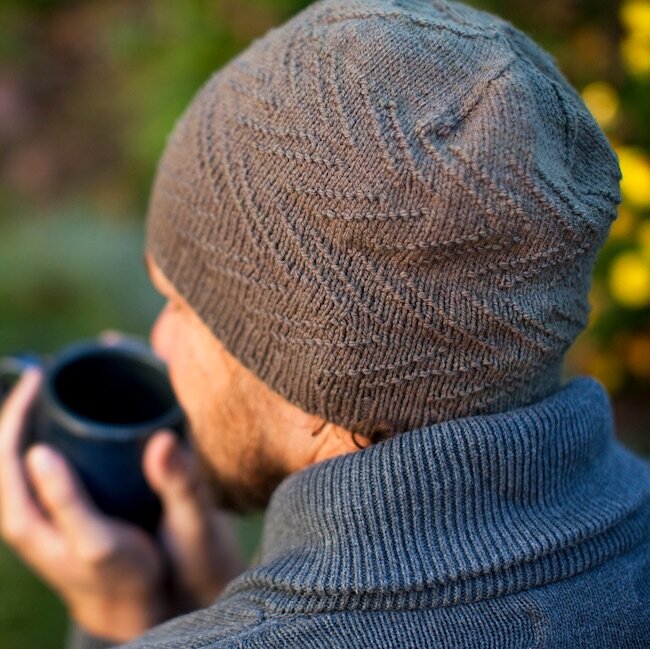

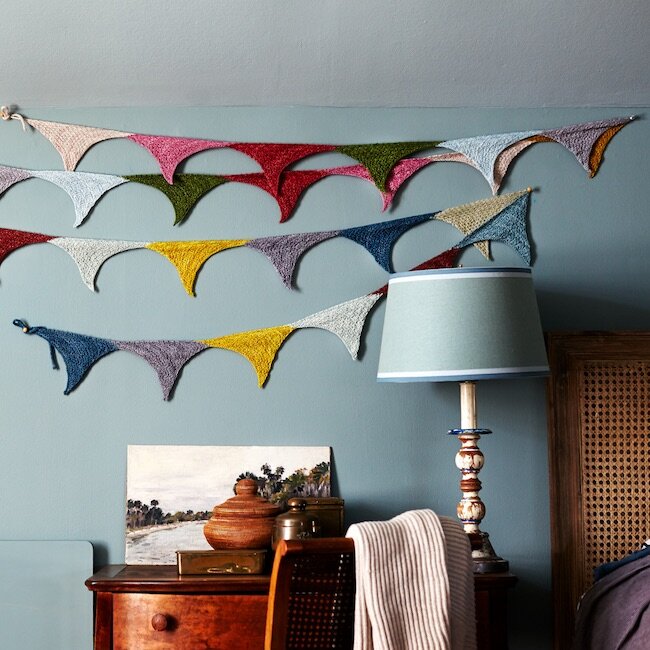
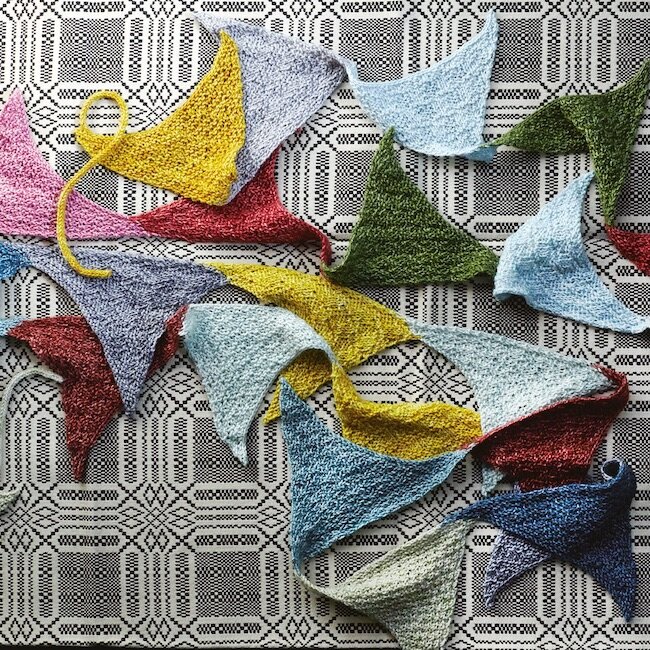
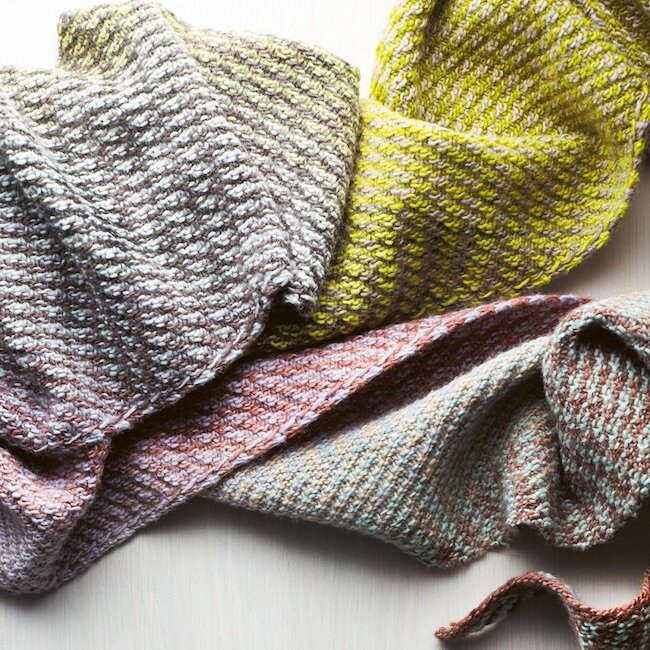
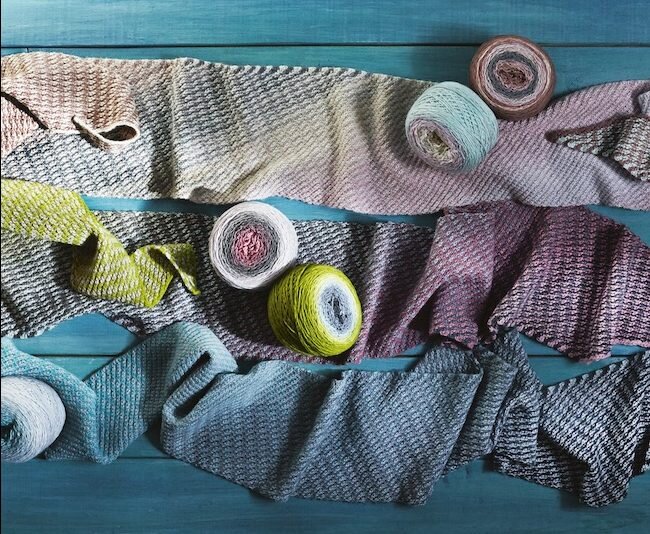
MDK Field Guide No. 5: Sequences
Rich, gorgeous, simple to make.
This Field Guide introduces the ingenious idea of sequence knitting, the “unvention” of Cecelia Campochiaro. Cecelia’s Sequence Knitting is one of the most amazing knitting books. Her encyclopedia of knit-purl patterns shows us the endless possibility to be found in the simplest of stitch combinations.
Cecelia’s four designs in this Field Guide introduces you to her ideas and provide the perfect canvas for you to play with her gorgeous knit-and-purl stitch patterns.
Rediscover the endless puzzle of knitting all over again with these elegant, simple projects.
Corrugated Shawl: This sampler of 16 sequences creates textures you cannot anticipate—which is where the fun is. The resulting wrap has extraordinary drape and texture. It’s a timeless piece to wear forever.
Parallelogram Scarf: Two slow-changing skeins of yarn make this scarf a glorious color adventure. In a busy season, this low-stakes drama may be all we need.
Swirl Hat: When we work sequences in the round, a simple stitch pattern gets interesting very quickly. This is a great unisex hat.
Freak Flags: Decreasing stitches will create even more texture surprises, and these cheerful pennants of knitterly joy make the best sort of experiment. Decorate your house, your tree, yourself—we would never dream of telling you how to fly your Freak Flags.
There's a bit of a back story to the name of these guides...
The two American women, Kay Gardiner and Ann Shayne, who produce these guides run a company now known as Modern Daily Knitting, but up until a month ago the company was called Mason-Dixon Knitting. Ann and Kay were originally pen pals living in Nashville and New York respectively. They chose the name, it seems, to reflect that fact that one lived in the south and the other in the north of the USA.
I confess when I first ordered these guides in June 2020, just after they had changed the company name, I didn't realise the significance of the original name. But comments I saw online made me do a bit of homework. From Wikipedia I discovered that:
The Mason–Dixon line is a demarcation line between four U.S. states, forming part of the borders of Pennsylvania, Maryland, Delaware, and West Virginia (part of Virginia until 1863). It was surveyed between 1763 and 1767 by Charles Mason and Jeremiah Dixon in the resolution of a border dispute involving Maryland, Pennsylvania, and Delaware in Colonial America. It later became informally known as the border between the free (Northern) states and the slave (Southern) states. The Virginia portion was the northern border of the Confederacy. It came into use during the debate around the Missouri Compromise of 1820, when the boundary between slave and free states was an issue. It is still used today in the figurative sense of a line that separates the North and South politically and socially.
Having read this, I can understand the impetus for change and appreciate their choosing to act on it. My stock, however, was printed before the change took place and still carries the old company name. I have added this explanation to the website so that customers are aware of the situation.
